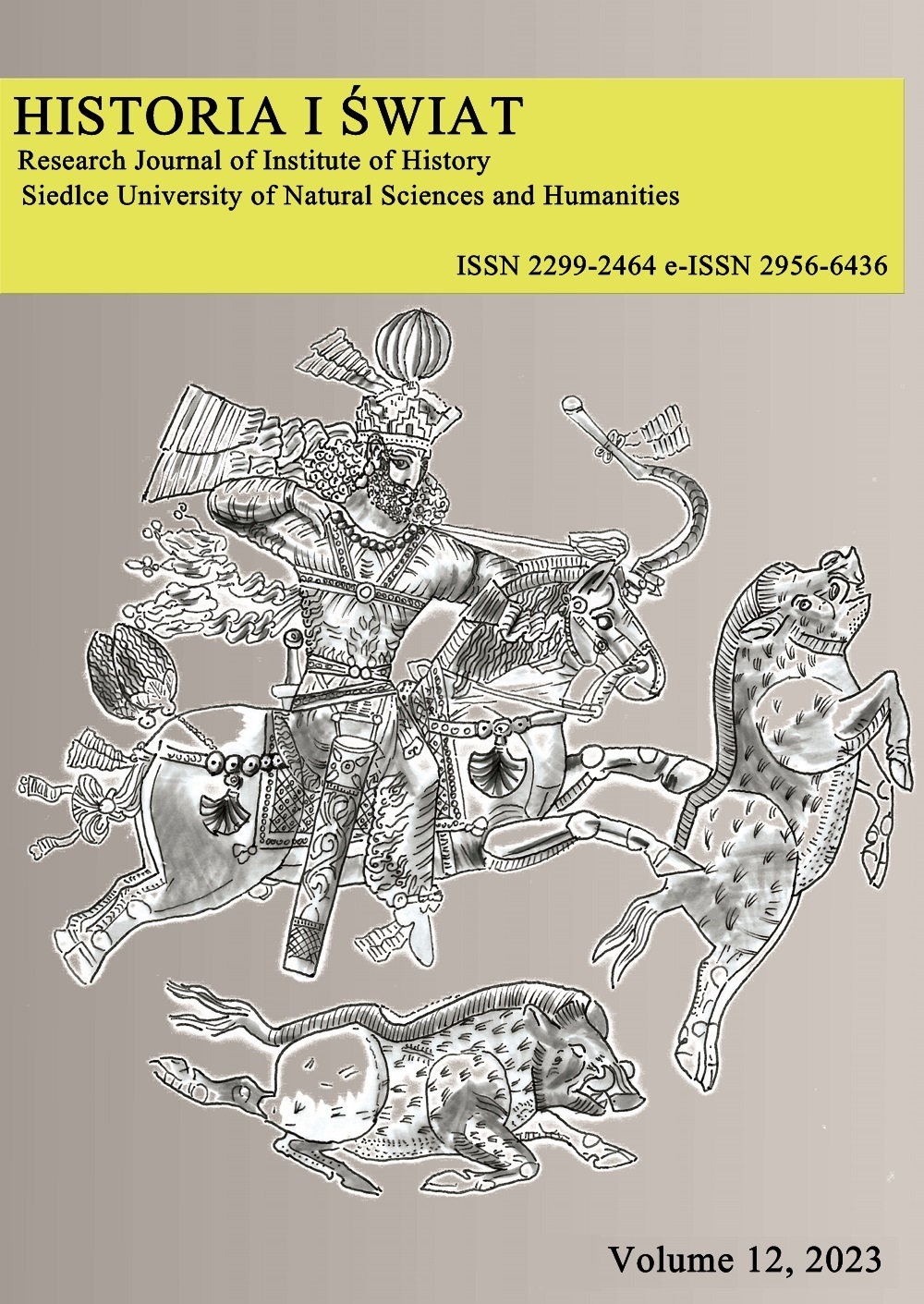Early Iranian Riders and Cavarly
DOI:
https://doi.org/10.34739/his.2023.12.09Keywords:
History, Iran, Military History, Scythians, Achaemenid Empire, Iranian Riders, CavarlyAbstract
The expansion of the Iranian peoples in first centuries of the 1st millennium BCE coincides with the creation and further development of the cavalry warfare in western Eurasia, as well as with the creation of the pastoral nomadic life-style which dominated the Great Steppe for millennia to come. The mounted warriors replaced the light chariots which dominated the Bronze Age battlefields which required perfect horsemanship however application of the recurved, double reflex. composite bow for mounted combat seemed another important factor in development of the cavalry force. Mounted archery which doubled the fire power of the mobile troops, earlier dominated by the chariots triggered the evolution of the various forms of cavalry, both as a response to a threat of the horse archers and independent forces used by the sedentary societies. Iranian contribution in spreading (and most likely invention) of the new technology is undeniable. Although horse riding and recurved composite bows were known earlier they could not overcome the power of the chariot force separately. Only the combination of the factors allowed fielding large and efficient cavalry troops as was practiced by the Scythians and became the success factor for the Achaemenid Empire. Survival of the chariots as late as the Seleucid times was possible because of changing their tactical function from the highly mobile shooting platform to heavy, at least partially, armored terror and shock weapon.
Downloads
Downloads
Published
Issue
Section
License
Copyright (c) 2023 Historia i Świat

This work is licensed under a Creative Commons Attribution-NoDerivatives 4.0 International License.




